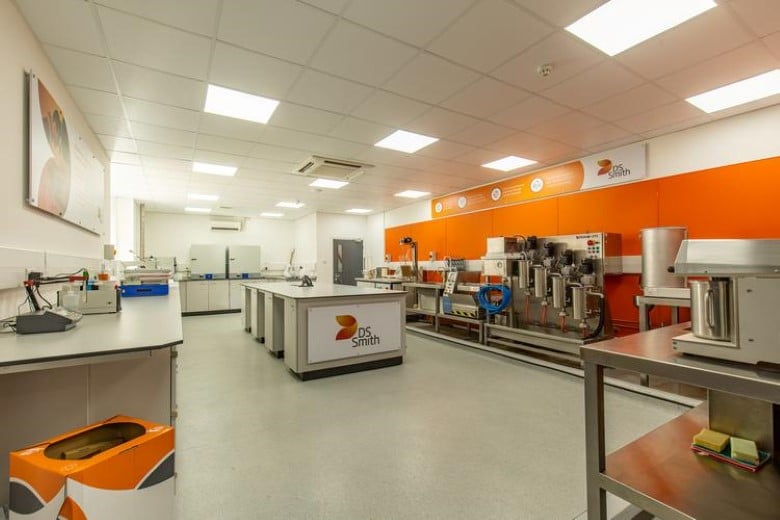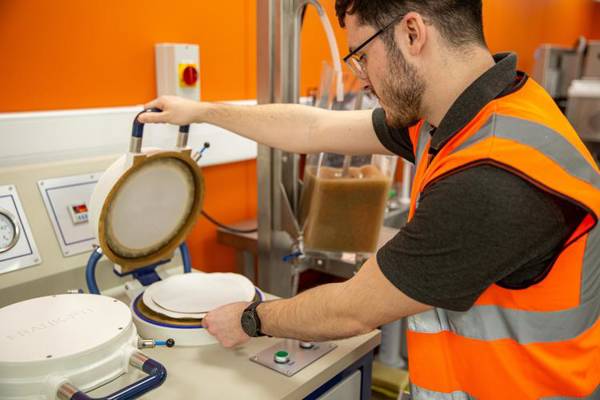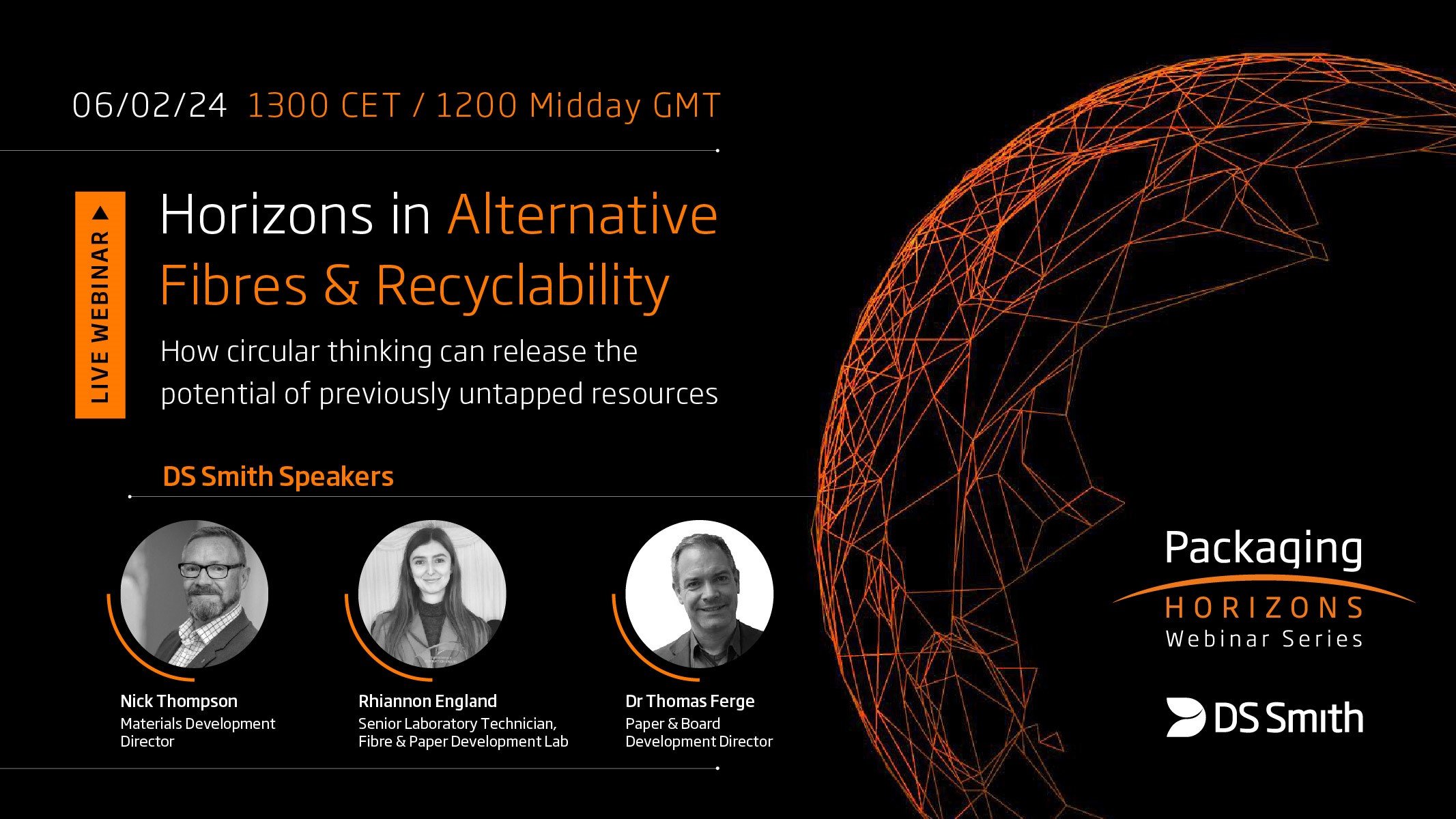Exploring alternative fibres for paper, packaging, and recycling
As part of our ambitious Now and Next strategy, protecting natural resources sits at the heart of DS Smith, making the most of every fibre, reducing waste and pollution through circular solutions and equipping people to lead the transition to a circular economy.
We recently announced a £100m R&D and innovation package to accelerate our work in the Circular Economy. This includes exploring how alternative fibres can be used as a raw material in paper and packaging products amid increasing demand for sustainable goods from customers and consumers alike.

Thomas, who joined DS Smith in 2014, has over 15 years’ experience in researching fibres across different sectors. Thomas explains how we are seeking innovative approaches to use fibre alternatives.
Leading the way in finding innovative alternative fibres
There is increased interest in alternative fibres on the market currently, there is more focus on second use of various process by-products like agricultural and food processing waste-streams. In a world where we need to re-think how we use our scarce resources, including energy, we are constantly looking at utilising new ways to make products that are more sustainable.
Our 700 designers are relentlessly pursuing new opportunities to create circular solutions designed to eliminate problem plastics in packaging and keep materials in use for as long as possible. Our customers and consumers are increasingly looking for sustainable alternatives that are easy to recycle and have minimal impact on the environment, this gives us the perfect opportunity to collaborate with experts in their fields, to cement our ability to provide suitable packaging solutions for today and the future.
We have already been looking at various fibres, like grass, miscanthus, straw, sorghum and, more recently, seaweed, expanding the view as we speak into other options as well.

For a proper assessment you need to consider that paper properties are always derived from what you put in, very simply, if you have strong fibres, you get strong paper; and if you have pliable fibres, then you get a very pliable piece of paper, which is fantastic for certain applications, but might not be right for others.
There is always a balance you need to strike. You also need to consider how available the alternative fibres are on the market and consider how many tonnes you would need at what cost, what kind of pulping processes are behind it, and what kind of mechanical and chemical treatment you still need in your paper mills to get the paper to the right property levels.
Sign-up for the Horizons in Alternative Fibres & Recyclability webinar
Collaboration is vital
There’s a need for a new approach to packaging. This is what drives us and why we have a shared purpose of Redefining Packaging for a Changing World. We help our customers respond to consumer expectations by providing the sustainable solutions that our society needs, and we invest in people and new ideas to create more sustainable products.
But we cannot do it alone. We are working together with many companies who are already trying out new techniques. I’ve recently spoken to a company using cocoa husks as ingredient for their papers and we are working together to see if the paper they can produce is actually feasible for corrugated board for specific applications.
We work with customers and suppliers to test the recyclability of packaging product, and recently unveiled a flagship Fibre and Paper Development Laboratory at Kemsley Paper Mill in Kent, UK, where we can test innovative alternative fibres.

Investing into our projects
As a leader in sustainability, our research into alternative raw material and fibre sources has the potential to be a real game changer for our customers and consumers who increasingly want products that are easy to recycle and have a minimal impact on the environment.
We’re looking into multiple alternative fibres as part of our R&D programme and although we cannot confirm how the fibres compare with each other yet, we are working collaboratively and actively researching their qualities including resilience, recyclability, properties, scalability, and cost. It is indeed a very exciting time, and I look forward to sharing further results in the future.

